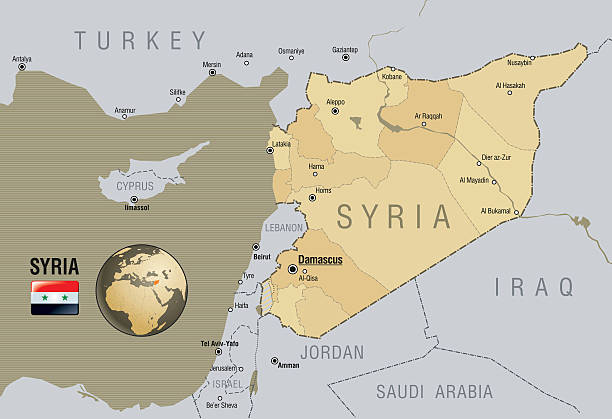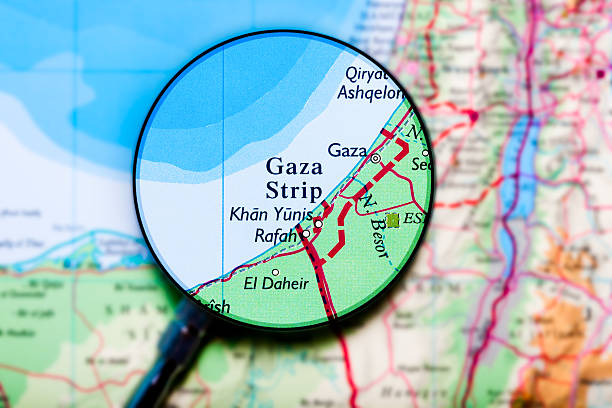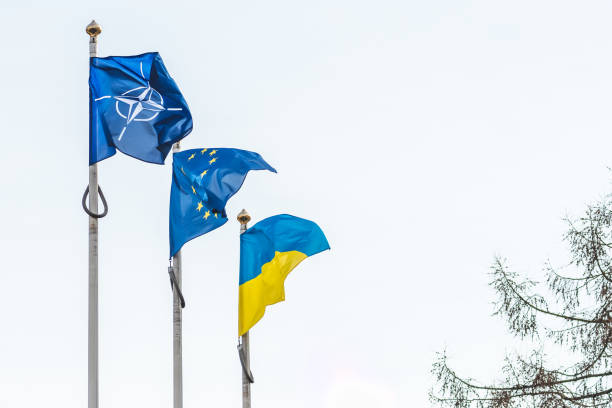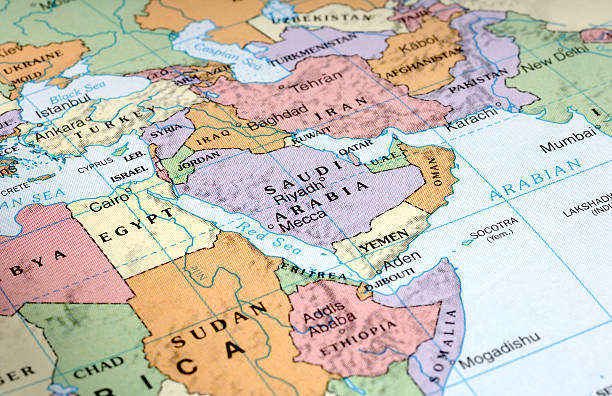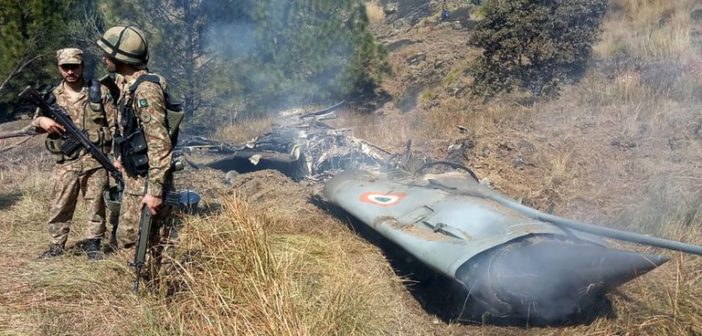
So far, Pakistan is holding the upper hand in the information war, but this makes the crisis even more dangerous by forcing the Modi administration to reverse the momentum. The current escalatory situation remains an intensive strategic communications conflict that includes both kinetic and non-kinetic means. It also shows how nations will fight future wars in a highly connected, globalized world with an unprecedented flow of information through multiple channels. The Indian Armed Forces have both capabilities and options to gain an edge. However, in doing so, New Delhi will have to change the concept of operations and adopt a bolder target set that may include the Pakistan Armed Forces’ elements. Upon such a decision, the tensions could easily spiral into large-scale war.
- Any clash between Pakistan and India, which remains below the threshold of large-scale war, is essentially a strategic communications case backed by military power and nuclear deterrence. In the recent incident, so far, Islamabad has succeeded to score over New Delhi. Especially, the Pakistan military’s way of managing the domestic information environment, mixing its call for peace talks with imagery and video footage of military aircraft and the captured pilot of an IAF Mig-21 has been very effective. So far, India failed to support its kinetic means and overall narrative with credible visual evidence, an essential information medium in cross-border counterterrorism operations. Currently, Pakistan’s present upper-hand forces the Modi government to either taking the risk and flaring up the tensions or agreeing to a grudging de-escalation.
- However, beyond the current crisis, India aims at more ambitious goals by setting a new strategic precedent by reacting to terror attacks with bolder military action. The ongoing modernization and procurement programs of the Indian military encourage such a long-term strategic perspective.
- At present, the conflict is not spiraling into a large-scale, inter-state war between Pakistan and India. Yet, the risk of such a scenario is higher than before. In essence, the current situation manifests a new escalatory pattern that could make the long-lasting disputes between Islamabad and New Delhi extremely dangerous. On the one hand, India calculates that it can follow suit after the US War on Terror and target non-state adversaries by operating boldly in the Pakistan-controlled areas and even seeking superiority in Pakistan’s airspace. This strategic calculus seems to be backed by the Cold Start military doctrine that is designed to conduct overwhelming conventional assaults into Pakistan’s territory at the outset of a conflict while avoiding the risk of a nuclear escalation.
- Nevertheless, Indian defense planners have probably underestimated the direct link between the Pakistan Armed Forces’ threshold to respond to escalations and the domestic power politics in Islamabad. Clearly, Pakistan’s military elite cannot be forced to climb down, especially in Kashmir, since this would seriously shake their monopolistic dominance over the nation’s security agenda. Besides, during the US War on Terror (even during the well-known Bin Laden raid in Abbottabad) backdoor diplomatic and intelligence cooperation channels were open and working between the US and Pakistan. India does not have such a marge de manoeuvre.
- At this point, the Indian Armed Forces’ preferences in the type of operations they will conduct, the assets to be used in their campaign, the location of the next strikes (if there will be), and the target set will determine the scope of the escalation and prospects for further conflict. So far, New Delhi preferred limited air strikes, avoided targeting the Pakistani Armed Forces heavily (except limited shelling and clashes along the Line of Control), and predominantly hit non-state adversaries. If, in an attempt of avenge for the downed Mig-21, Indian military planners shift their operational focus on the Pakistani military, then the ongoing bonanza could easily evolve into a large-scale war. The analogy of “tipping points” fits South Asia’s strategic context perfectly.
- So far, open-source pieces of evidence suggest that although the Indian Armed Forces enjoy manpower and arsenal superiorities over Pakistan, Islamabad’s political-military leadership is far readier and more prepared for managing an armed escalation. Besides, there is an imbalance between the Indian and Pakistani public opinions about tolerating casualties of war. Without a doubt, the forthcoming elections in India are further complicating the political landscape in New Delhi. Overall, especially with a captured pilot in their hands, Islamabad seems more advantageous in concluding the information war with success, especially at the current levels of confrontation (at the time of writing, Islamabad declared that they would release the pilot very soon which remains another successful strategic communications move). However, under the current circumstances, the Modi government would feel more pressure to act and reverse the momentum which makes the crisis more fragile.
- The Mig-21 downing incident marked a key problem for the Indian Air Force. Although the aircraft was an upgraded variant (Mig-21 Bison) and fields some kinematic advantages in air-to-air combat, it is still a Cold War legacy, Soviet baseline platform. Except for the Su-30MKI multi-role fighters, the Indian Air Force is facing an obsolescence problem emanating from its ageing arsenal. The Indian military enjoys sheer numerical superiority over the Pakistan Armed Forces. Yet, despite the advantage in available manpower, the known strategic capability development aim of being able to fight a two-front war (against China and Pakistan at the same time) remains problematic for India. The current balance of power could change when New Delhi begins receiving the Russian S-400s. Moreover, deliveries of 36 Dassault Rafale multirole fighters are expected to begin in late-2019. In return, Pakistani defense planners will soon have to opt for counter-balancing acquisitions.





